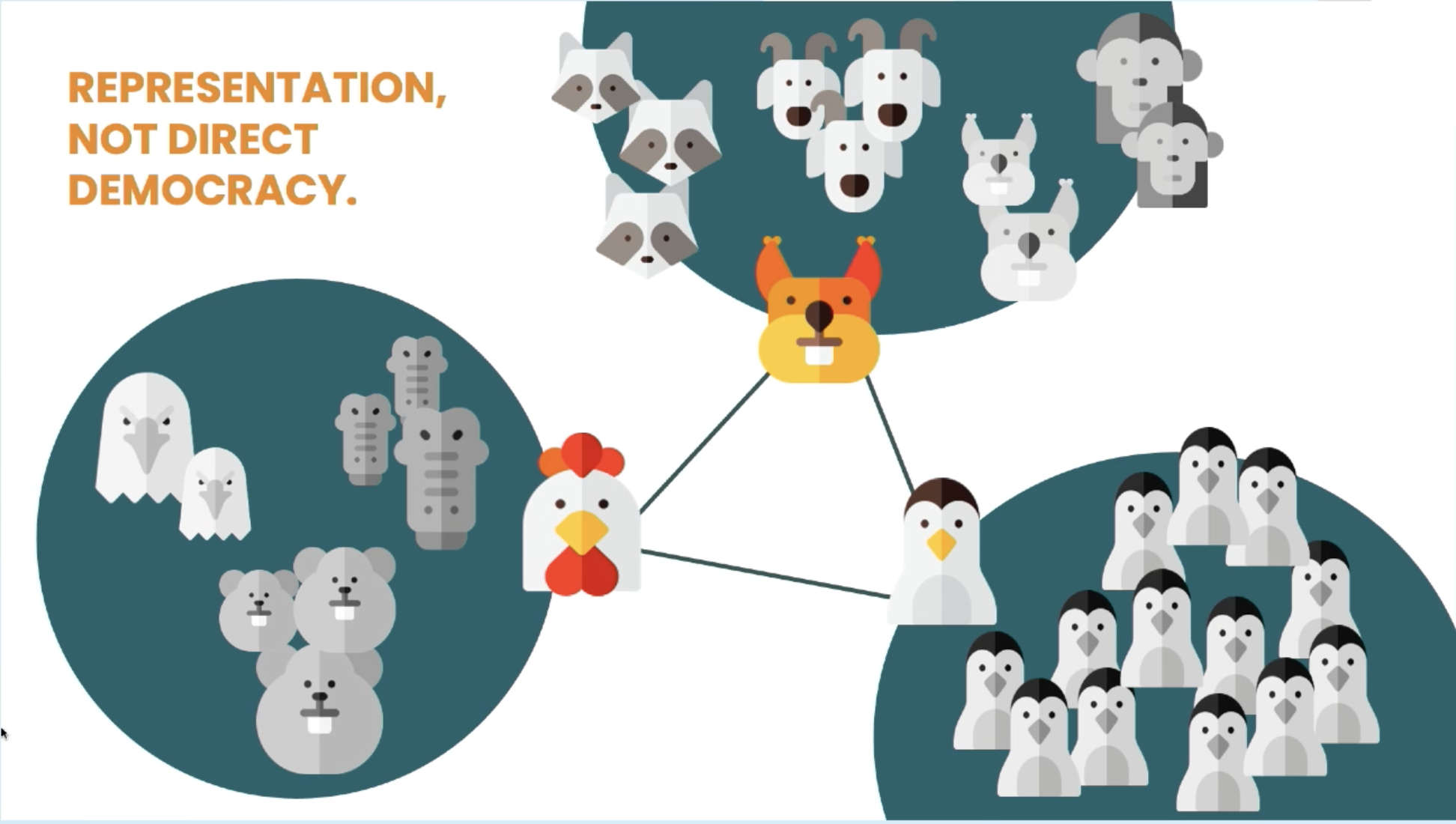Streamlining decisions: a framework
Decisions and how to actually make them are one of the most debated themes in product management. So much so that I am sure that you, as I, have been caught at least once in quite lengthy discussions on deciding how to decide. Quite meta.
Jokes asides, being able to make good decisions is one of the most important skills for anyone working in product. And one of the biggest differentiators for successful companies. So being really clear on how to make decisions, and how to measure a good decision is quite important.
In my experience there are mainly two factors that impact good decision-making:
clarity on what good means - is the decision moving us in the right direction?
clarity on who should take the decision - were all the relevant people involved in the decision-making?
Defining clarity on what good means can be achieved by having artifacts like company strategy, product strategy, or even in its simplest form a clear and explicit goal to achieve. (You can read more about how we work on them here).
But even for companies checking all the boxes, I have seen over and over again countless meeting hours spent circling around. What was wrong then?
I would mainly point to three causes driving the never-ending decision circle:
It is not clear who should be involved in taking the decision. Or, a variant of it, people have different pictures of mandates.
You try to make the most perfect decision, spending a lot of time considering all the possible angles. And involving as a consequence way too many people.
As a mix of the two above, you end up trying to make decisions by committee.
I am sure you recognize the pattern and have seen at least one of the three scenarios above. The struggle is real.
Image from Janice Fraser talk at Mind The Product San Francisco
That is why I was very happy to watch the Mind The Product talk by Janice Fraser (around minute 24:37), where she provides a simple, yet really powerful framework to identify who is needed in every decision-making process.
Janice describes that for making an effective decision you only need three people and one mindset.
You need to approach decision-making with the goal, not of taking the best decision, but to be able to converge towards something that you can live with and helps you move in the right direction.
And in order to take that kind of decision you need only three people in the room:
The one with the information and the expertise
The one with the authority to say yes
The one who has to live with the consequence
And, of course, make sure that every single one of these three people acts as a representative of their group.
It sounds really simple, but when thinking about it, getting the right three people in the room is not the easiest.
I have seen people with the authority to say yes not asking the ones sitting closer to the problem for input. I’ve seen a lot of troubles caused by the fact that different people had different ideas about who was the person with the authority to say yes. And I have seen many times the person who has to live with the consequences forgotten.
Next time you have to make a decision, go back to this simple mental model and ask yourself: do I have all the right information to gather these 3 people in the room? And if not, how can I get clarity about who is the decision maker, who will bear the consequences, and who knows most about the problem?
I can assure you that your decision speed will increase. And the more decision you make, the more you can learn and adjust.





